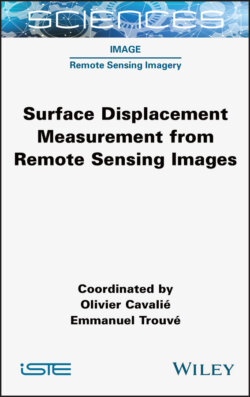Читать книгу Surface Displacement Measurement from Remote Sensing Images - Olivier Cavalie - Страница 20
1.2.4. SRTM and X-SAR
ОглавлениеThe Shuttle Radar Topography Mission was aimed at computing a semi-global digital elevation model from the Earth. This was achieved in February 2000 on board the US space shuttle Endeavour carrying the SIR-C/X-SAR payload, which previously flew in 1994 in L-, C- and X-bands. This time, the payload was reconfigured as a single-pass interferometric mission with a fixed baseline as long as the 60 m mast that separated the dual antennas in two bands: the C-band instrument from the Jet Propulsion Laboratory (JPL) and the X-band instrument from the Italian Space Agency (ASI) and German Space Agency (DLR). For the C-band, swath reached 225 km thanks to a four-beam ScanSAR, and for the X-SAR instrument, there was a stripmap swath of 50 km. The mission duration was limited to 11 days: only the C-band swath could assure the semi-global DEM, while the X-band covered a subpart of it. Due to the 57° inclined orbit of the shuttle at an altitude of 223 km, the DEM covered only latitudes ranging from 56° south to 60° north.
Data access: DEMs in C-band at 3 sec (90 m) spacing and then at 1 sec (30 m) spacing were released worldwide in 2003 and 2015, respectively, and are still commonly used 20 years after the mission. They are freely available after registration at https://earthexplorer.usgs.gov/. The more sparse X-SAR DEM is available through the geoportal https://download.geoservice.dlr.de/SRTM_XSAR/.
